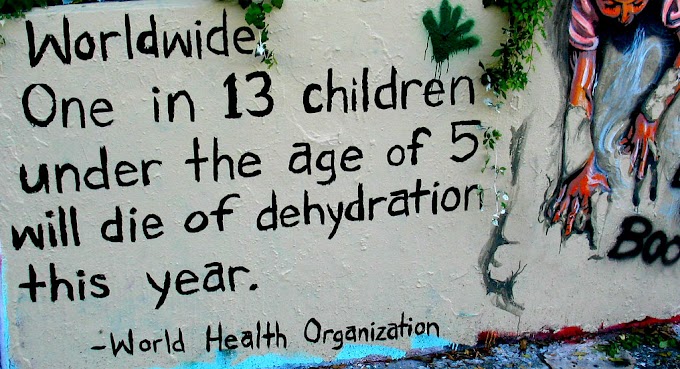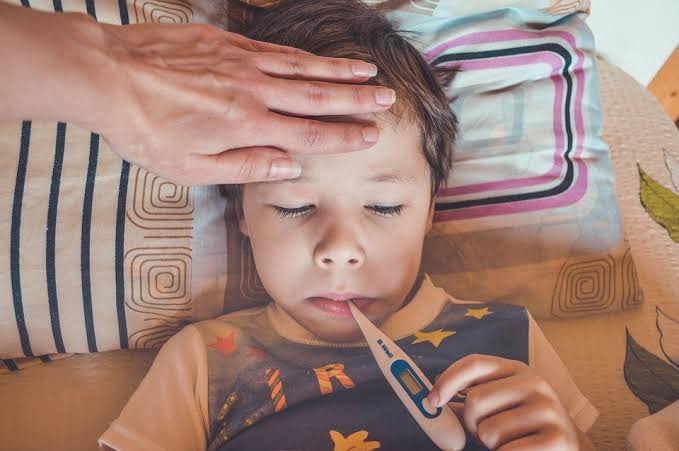Anaemia
It is a clinical condition in which there is qualitative or quantitative decrease in haemoglobin concentration below normal level
According WHO estimation:-
1:-1/3rd of all women of reproductive age group are anaemic.
2:-Among pregnant women 40% are anaemic.
3:-Over 40%of children under 5years of age are anaemic.
Normal hemoglobin concentration (adult):-
| Measurement | Men | Women |
| Hemoglobin(g/dl) | 13.6-17.2 | 12-15 |
Grading of Anemia:-
| Anemia severity | Hb level(g/dl) | |
| 1. | Mild | 9-10 |
| 2. | Moderate | 7.0-9 |
| 3. | Severe | <7 |
Clinical findings in Anemia:-
- Pale
- Weakness
- Malaise
- Easy fatigability
- Faintness
- Dimness of vision
Other findings:-
- Dyspnea
- Fatty changes in liver, myocardium and kidneys(due to hypoxia)
Causes of Anemia:-
(1) Blood loss
(a) acute blood loss
-trauma
- haemorrhage
(b) chronic blood loss
-GIT lesions
-menstrual disturbances
- parasite infestation in GIT
(2) Incresed red cell destruction (hemolysis)
(a) inherited genetic defects:-
-hereditary spherocytosis
-G6PD deficiency
(b)Hb abnormalities:-
-thalassemia syndromes
-sickle cell disease
(c) Acquired genetic defects:
-paroxysmal nocturnal hemoglobinurea
(d) Antibody-mediated destruction:-
-Rh disease
-transfusion reactions
- drug induced
(e) Mechanical trauma:-
-Disseminated intravascular coagulation
-thrombotic thrombocytopenia purpura
(f) Infections of red cells
- Malaria
(g) Toxic or chemical injury:
-clostridial sepsis
- snake venom
-lead poisoning
(h) Sequestration:-
-hypersplenism
(3) Decreased red cell production:-
(a) Inherited genetic defects:-
-Fanconi Anemia
-thalassemia syndromes
(b) Nutritional deficiencies :-
-B12 and folate deficiency
(c) Erythropoietin deficiency






0 Comments
Please do not enter any spam link in the comment box.
Emoji